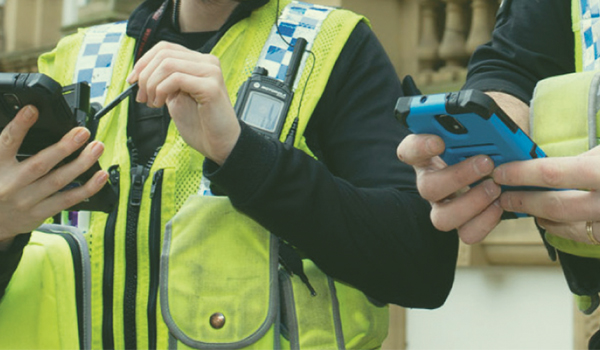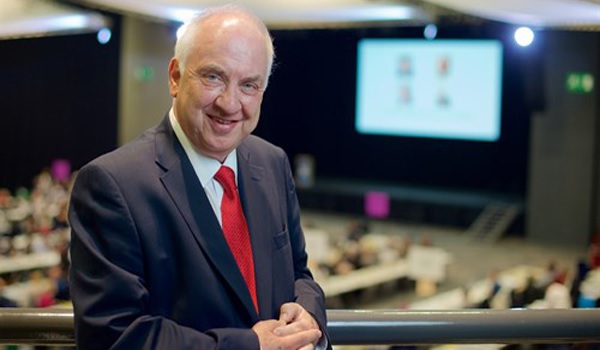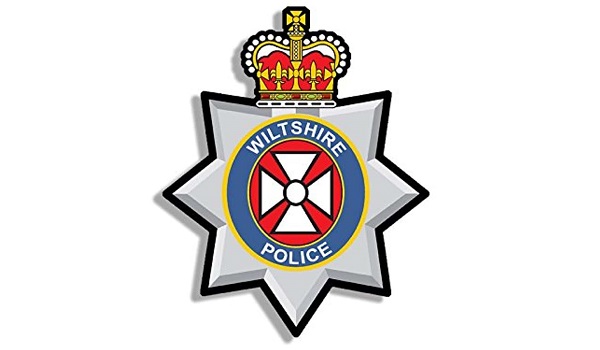Concerns over impact of Huawei ban on ESN
The Government’s decision to ban Huawei technology from the UK’s 5G telecommunications infrastructure could have “serious implications” for the new Emergency Services Network (ESN), the London Assembly has warned.
Last month’s decision came after the National Cyber Security Centre advised it was “impossible to continue to guarantee the security of Huawei equipment in the future” in the wake of US sanctions against the Chinese telecommunications vendor.
However, the Assembly’s Fire, Resilience and Emergency Planning Committee said today (August 13) it was worried about the impact the ban could have on the ESN programme, which will initially retain the use of Huawei technology.
Committee chair Andrew Dismore said it would be concerning if blue light emergency services moved to a system based on technology with a “short lifespan and security concerns”.
He has written to London Fire Commissioner Andy Roe to ask what reassurance it has had from the Government on the potential impact and implications on the ESN without Huawei.
“The Government’s Huawei ban in 5G infrastructure in the UK potentially has serious implications for the ESN upgrade. The London Fire Brigade needs to be open and transparent about the potential impact it will have on cost, timeframes, safety and security,” Mr Dismore said in his letter.
“A change of this magnitude within emergency communications needs to be handled extremely carefully and the committee needs frank reassurance that Huawei’s 5G ban will not adversely affect the ESN programme.
“The ESN is already over budget and late. Lives cannot be put at risk and the Government needs to work closely with the London Fire Brigade and other emergency services to work through any potential impact and delay to this programme.”
The ESN is set to radically change the way emergency services communicate with each other across the country by replacing the current outdated Airwave radio system. Once rolled out, it will provide dedicated 4G voice and data coverage for more than 300,000 emergency service users across the UK.
However, the programme, overseen by the Home Office, already has a predicted overspend of £3.1 billion and a delay to completion from 2017 to 2022.
On top of that, Mr Dismore said the ESN will retain the use of Huawei technology, which will need replacing soon, so there was a risk that the programme is based on technology with a short lifespan and security concerns.
In his letter to the London Fire Commissioner, Mr Dismore said: “As you will be aware, on July 14 the Culture Secretary announced that all Huawei technology must be stripped out of the UK’s 5G telecommunications infrastructure by 2027. However, the roll-out of the ESN will use 4G and it is understood that it will retain the use of Huawei technology. Part of the rationale for this decision is that the UK’s 4G infrastructure will need replacing relatively soon.
“Given the £3.1 billion predicted overspend and forecast delay to ESN from 2017 to 2022, I am concerned that the lifespan of ESN will be affected by the phasing out of Huawei from future UK telecoms infrastructure and makes any further issues particularly acute. Airwave is outdated and needs replacing. But it would be concerning if our emergency services were moving to a system based on technology with a short lifespan and security concerns.
“Therefore, I would appreciate a response from you setting out the impact of the Government’s Huawei ban on the future of ESN, including the impact on its lifespan, the financial implications, its security status and safety concerns, and any discussions you have had with Government in light of the recent policy change.”
The Government decided ‘high risk’ vendors should be excluded from the core and most sensitive parts of the UK’s 5G network following the conclusion of its ‘Telecoms Security Review’ in January.
Digital Secretary Oliver Dowden said there “will be a ban on the purchase of new Huawei kit for 5G from next year and it will be completely removed from 5G networks by the end of 2027”.
He said they were also advising full fibre operators to transition away from purchasing new Huawei equipment, adding: “A technical consultation will determine the transition timetable, but we expect this period to last no longer than two years.”
The ESN programme was already facing “substantial levels of technical and commercial risk” according to ongoing scrutiny from the Public Accounts Committee (PAC).
Delivery of the new network has been beset by problems, with delays and escalating costs “undermining the confidence of users that the programme will deliver a system that is fit for purpose and meets their needs”, said the PAC.
Meg Hillier, chair of the PAC, says “the endless delay in delivering a new system for the emergency services to communicate and share data is creating a crisis of confidence as police, fire and ambulance no longer have trust in the new system being delivered”.





